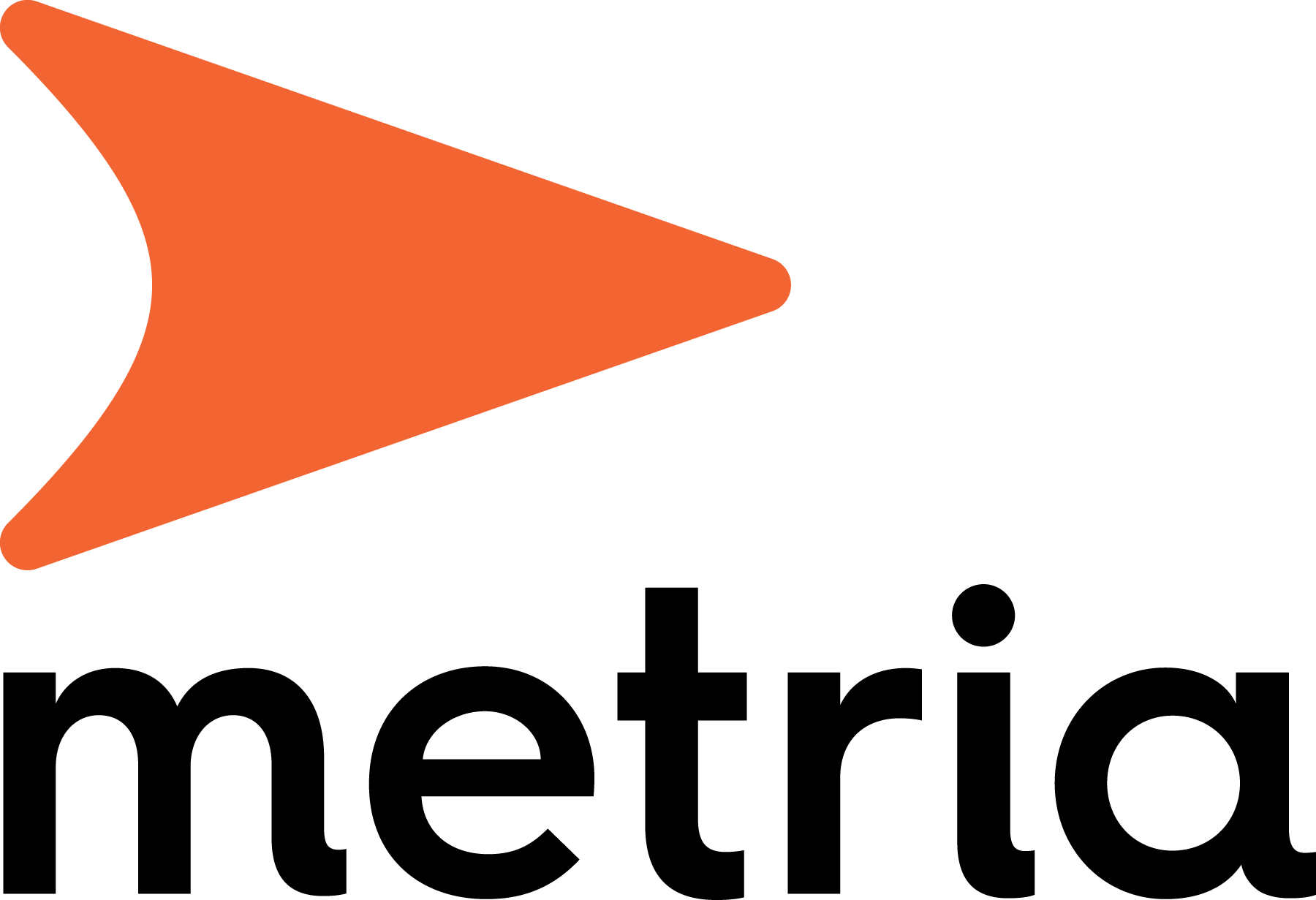Spatial data increasingly critical - but only 35% have a strategy
With geographic data, we can build a better Sweden and make digitalization serve people and the environment. Geodata is also a competitive advantage. But the 2019 GIS report shows that few Swedish organizations are maximizing the benefits of an increasingly connected world.
We are in the midst of a transition to a world where everything is connected - from people to vehicles, buildings and industrial processes. Developments in the Internet of Things are enabling us to create smart worlds in a wide range of areas, using geodata and sensors. Smart cities, smart homes and smart logistics. More and more cloud services, increased automation and AI (artificial intelligence) are opening up completely new areas of use for geodata.
Geodata used correctly builds a better Sweden
- Digitization makes us more efficient - if we have the right geodata. Like when energy companies replace their electricity meters. Where do they actually stand? Which ones are most in need of maintenance, and how should the routes be smartly laid out for those doing the work?
- Geodata helps us plan to meet future energy needs, where should we place solar panels and wind farms for the best effect and cost efficiency.
- As we build new homes at a rapid pace, geospatial data helps us to see where to build so as not to disturb the environment and to ensure safe travel routes for people.
- With geodata, we can map Sweden's forests, coasts and cities so that we can make the right decisions to meet the climate threat.
- As the climate changes, resulting in forest fires and floods, reliable geodata is crucial to minimize society's vulnerability and to plan, prevent and manage crises safely
Only 6% have an optimized GIS use
In the GIS Report 2019, Metria investigated how well Swedish organizations manage to harness the power of geographic information by asking 200 respondents.
Only half of the organizations have a GIS strategy (GIS = geographic information system). Just as many manage their information in silos, preventing them from getting full value from their geographic data. As few as 6% have a GIS use that is strategically optimized for their particular business.

Conclusions of the GIS report
- 45% of organizations have central GIS coordination.
- Only 6% of organizations have a GIS use that is strategically optimized for their business.
- The 35% of organizations that have a GIS strategy get more benefit from their spatial data.
- Half of the target group (49%) have their GIS data spread across different systems.
- Many of those who use GIS less frequently have difficulty finding the right data and 71% have difficulty determining the quality of the information.





